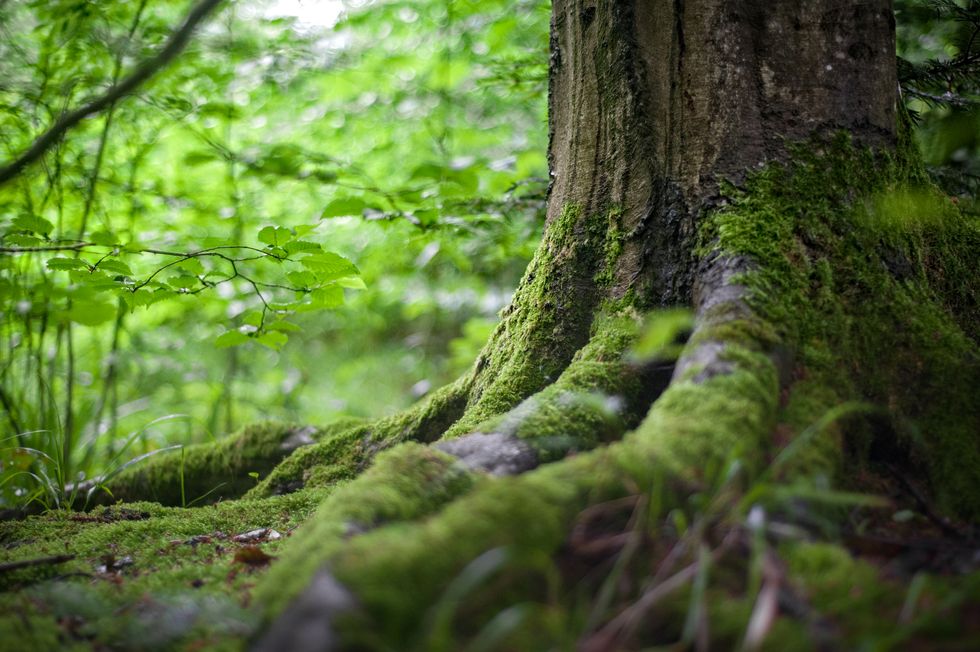The last place you would expect trees to be growing is in the desert, but that is what’s happening in Cairo. New apartments are being built that use cylindrical structures (Mega Trees) to help power and regulate the building’s temperature. There are nine cylindrical structures covered in plants and the top of the building will be covered in gardens growing fruits and vegetables.
There will be walkways through the garden and benches for people to sit on. The “Smart Apartments,” as they call them to adjust the temperature, light, and other factors you can set when residents are and are not home. This building is saving a fortune on energy and creates a smaller carbon footprint.
The “Mega Trees” will collect CO2 and provide ventilation throughout the building. Within the cylinders, the plants will absorb the CO2 and release oxygen, then passing the air through the vents. The building will also be partially powered by wind and solar, using solar panels and turbines attached to the power systems.
This 4.3 million square foot building has three floors of office space. Some for rent and others for guests to use. It also has an indoor mall with underground parking. This new version of an eco-building designed by Vincent Callebaut Architectures was meant to set an example for more sustainable designs with the same amount of comfort. Changing buildings to be more sustainable could solve a lot of our atmospheric problems.
If China started designing new buildings to be like this, it would reduce their emissions by a considerable amount. For older buildings, planting a garden on the roof would also help to reduce the amount CO2 emissions being released from the city or town.
The Environmental Studies and Forestry wanted to see how infrastructure covered in vegetation in some of the largest cities, would benefit the population. What they found was that the average median payoff for everyone would be $505 million dollars. The savings include $482 million per year in decreased air pollution, from less in energy costs and in medical bills for lung conditions and diseases.
Eleven million dollars will also be saved in taxes through better stormwater remediation, and a half million in heating/cooling costs. Finally, 8 million will be saved in CO2 sequestration. This study does have a long way to go, because it does not account for different climates and what vegetation will be present in which areas.
The Head Architect Vincent Callebaut said, "The main objective behind this project is to raise awareness of green sustainable architecture, to fight against global warming, to maintain an eco-friendly Earth for our next generation.” Being a part of his vision could be simple as decorating your home with plants, or planting a garden where you can.





















